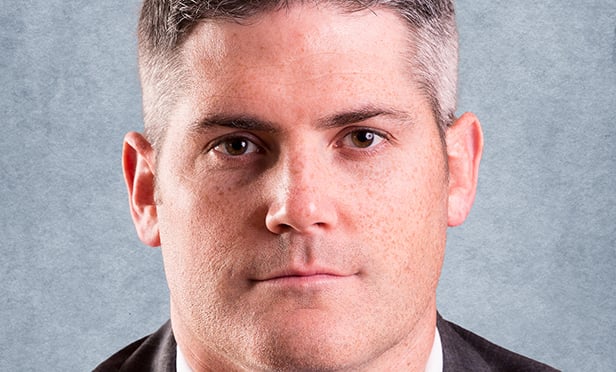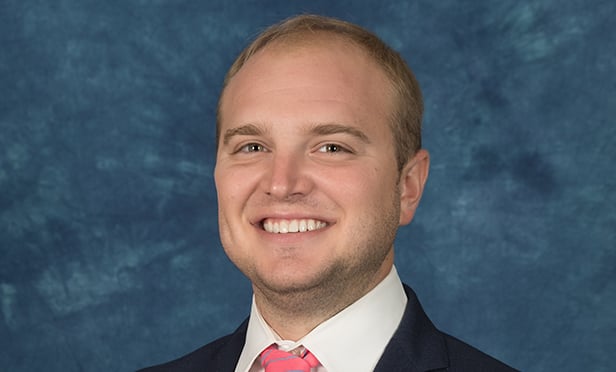[IMGCAP(1)]
OAK BROOK, IL—You typically start hearing about diversification when times get tough and real estate firms start scrambling for alternate revenue streams. Retail REIT RPAI is turning the tables on that notion, and ensuring that, as it works its strategic plan of trimming back from 80 markets to 10 or possibly 15, that it maintains a healthy mix of multi-tenant retail types.
“Our portfolio was acquired largely from 2004 to 2006,” president and CEO Steven Grimes tells GlobeSt.com. “We actually had a diverse portfolio going into the downturn, but we did experience some occupancy loss. So as we look to reposition the portfolio and regain occupancy we're very focused on being diverse in what we own, and what the right merchandise mix is.”
And to date, the REIT is ahead of the game. Grimes explains that the portfolio consists of 44% power centers, 37% neighborhood and community centers and 19% lifestyle and mixed-use. “And we're geographically diverse,” he adds, something that will remain true even as markets get cut. “Our goal is to maintain a national presence, just very concentrated on a regional and specific-market basis, and we intend to be roughly the same size, about three million to five million square feet per strategic market. Primarily, our focus is on good real estate but with an eye toward diversity. Having that type of offering allows us to avoid concerns about concentration in any market.”
Not surprisingly, that diversity carries through to the type of tenants that fill RPAI's centers. According to its third-quarter 2014 Investor Presentation, no one tenant makes up more than 3.5% of the REIT's annualized base rent. “That affords us the opportunity to be more diverse in the offerings we extend to the consumer, which is a good offensive strategy, but it is also defensive in the event of any sort of a downturn.”
[IMGCAP(2)]
Internally, the diversification carries through in what Grimes refers to as the three food groups of ownership: leasing and asset and property management. As the firm trims it will “bulk up,” he says, but strategically so, “putting people into even more targeted roles within those 10 markets.”
There's diversity as well in the funding of the strategy, and Grimes reports that the REIT is “availing itself of diverse forms of capital. We started by deleveraging our balance sheet,” an effort that was largely the result of the dispositions of assets in disposable markets, strong performing assets that simply no longer fit in the game plan. Grimes reports that the firm reduced its net debt to six times EBITDA. “Then we obtained investment grade ratings from Moody's and S&P,” he says. “This gave us the opportunity to access the unsecured bond market.”
As we swing into 2015, RPAI plans to maintain its momentum and continue to narrow the number of markets but grow, it seems, in virtually every other sense. And always, the executives plan to keep an active eye on acquiring good real estate and maintaining the diversity that is at the heart of its success. “We're very excited about the progress we've made and the diversified nature of the left side of our balance sheet. But we're equally thrilled about what is happening on the right side in terms of the diverse funding sources we have to fuel our growth.”
© Touchpoint Markets, All Rights Reserved. Request academic re-use from www.copyright.com. All other uses, submit a request to [email protected]. For more inforrmation visit Asset & Logo Licensing.







